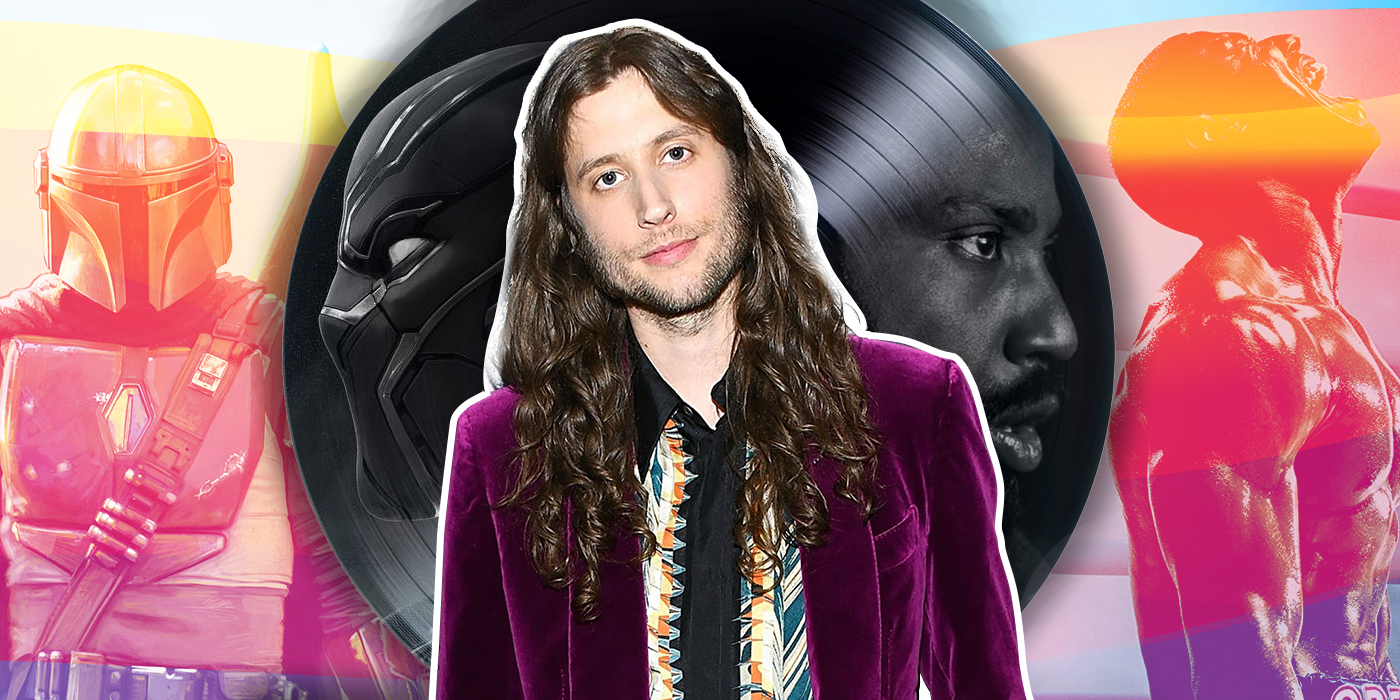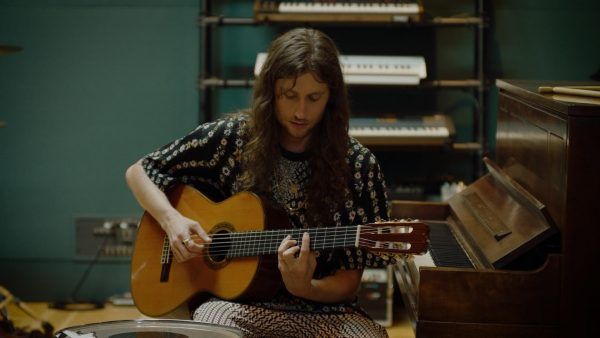Between producing Grammy-award-winning records and scoring blockbuster films like Tenet and Black Panther, Ludwig Göransson is a chameleon of musical styles. In a new video interview with Pitchfork, Göransson offered a glimpse into his unique process, and just how some of his more memorable film scores came together.
Breaking down his work on Tenet, The Mandalorian, Black Panther, Creed, and Fruitvale Station, Göransson’s anecdotes highlight the playful experimentation that has informed his work. Whether it’s sampling the sounds of traffic to generate beats, or figuring out just what an orchestra needs to do to sound like it’s playing backward, Göransson is willing to try anything in service of his scores. Fortunately, his collaborators have been just as game, like when director Ryan Coogler made a key suggestion on 2013’s Fruitvale Station:
“Ryan had the idea of why don’t we record the BART train and use that as an element in the music as well,” Göransson remarks. “Because the BART train has such a presence in the film. What if we take elements of that train sound and put that in the score? I manipulated them and brought them down like an octave, and screwed those sounds around and made them into small little beats that I could play with, that matched the tempo of the anxiety of the character or matched the tempo of the action.”
RELATED: ‘The Mandalorian:’ Season 2’s True MVP Was Composer Ludwig Göransson
It’s an approach the two used again when working on Creed, which led Göransson to a boxing gym with a small sound team to record raw material for their score. According to Göransson, “I used those elements to make beats and to get inspiration from. That was the bones of the score.”
But recorded sound isn’t the only place Göransson finds inspiration. Working with Coogler again on 2018’s Black Panther, Göransson worked closely with African musicians, whose work directly inspired elements in the final film:
“I met an incredible talking drum player, Massamba Diop. And he comes from a line of musicians called griots. So, it’s a blood line of musicians. So, his grandfather’s grandfather’s been playing talking drums through, you know, multiple generations. You can basically say words and communicate with this drum. And I was asking him, I was like, ‘Okay, how would you say T’challa on the talking drum?’ And he played me the rhythm that became part of T’challa’s theme.”
Wanting to play every instrument himself for The Mandalorian, Göransson started with a seemingly simple melody on a bass recorder he had ordered through the mail:
“What I started out with was one interval, like a fourth and a fifth, but it was a decent rhythmical idea,” Göransson recalled, “And then I put like a little delay on it, like a little effect on it to make it sound a little bit more like space, to make it sound more like something you haven’t really heard before. So I kind of put that on the side, and I went over to the piano, and I just started playing like two notes. And then I went over to the drums and started playing the beat. All these instruments led me to another. It was like solving a puzzle. I listened to the song and I was like, ‘Okay, this is okay. This is pretty good, but what about that flute idea? Now, what if we just put that on as an intro to this composition?’ And it all worked.”
Check out Göransson's video below, where you can hear him discuss even more details about his various scores/


